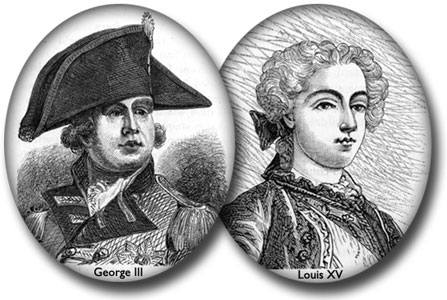We’ve launched a new web portal! Visit findhistory.nd.gov to search our collections.
Due to a road closure, the Killdeer Mountain Battlefield State Historic Site is temporarily closed.

Because the Corps of Discovery was as much an instrument of empire as it was a scientific journey, the Spanish and British were understandably not pleased with the American presence. The expedition was viewed as a threat to Spanish possessions in the west and for the British, it meant serious competition for the fur trade and a network of Indian alliances. Spain went so far as to send a military force to intercept the Corps, but were unsuccessful in doing so. The British sought to step up its presence on the Great Plains and particularly in the Pacific Northwest, where American claims to the area had already been contested. The part of North Dakota that was in the Hudson’s Bay drainage system was signed over to the United States in 1818 when the 49th parallel was the agreed-upon border. Later, in the 1840's period of “Manifest Destiny”, the Lewis and Clark expedition proved to have been the harbinger of later conflicts for land, trade, and wealth.
Address:
612 East Boulevard Ave.
Bismarck, North Dakota 58505
Get Directions
Hours:
State Museum and Store: 8 a.m. - 5 p.m. M-F; Sat. & Sun. 10 a.m. - 5 p.m.
We are closed New Year's Day, Easter, Thanksgiving Day, and Christmas Day. We are closed at noon Christmas Eve if it falls on Mon.-Thurs. and are closed all day if it falls on Fri.-Sun.
State Archives: 8 a.m. - 4:30 p.m. M-F, except state holidays; 2nd Sat. of each month, 10 a.m. - 4:30 p.m. Appointments are recommended. To schedule an appointment, please contact us at 701.328.2091 or archives@nd.gov.
State Historical Society offices: 8 a.m. - 5 p.m. M-F, except state holidays.
Contact Us:
phone: 701.328.2666
email: history@nd.gov
Social Media:
See all social media accounts